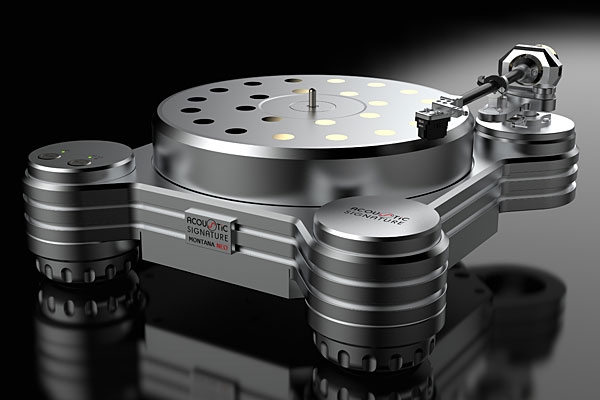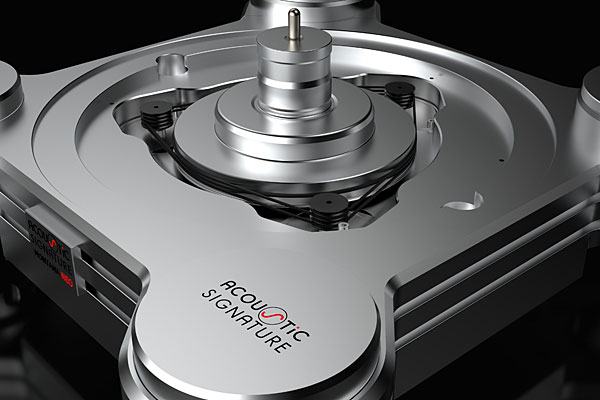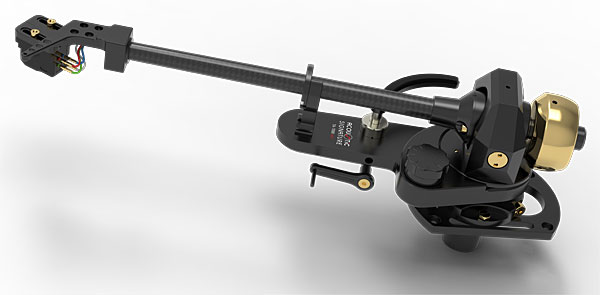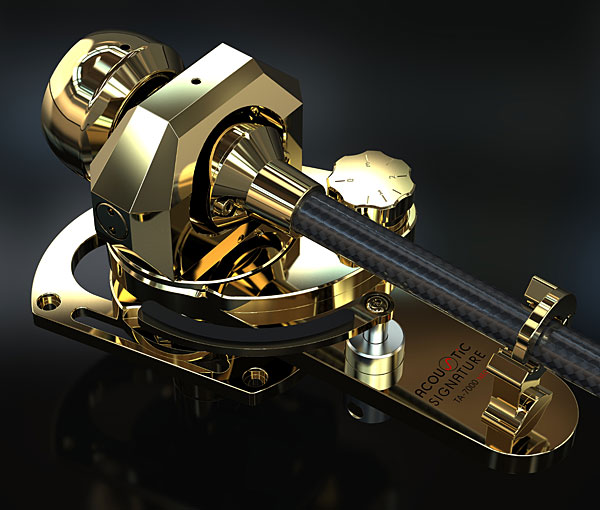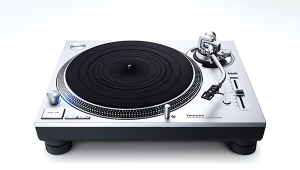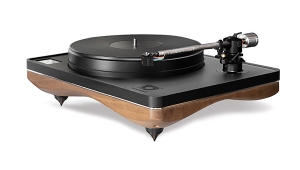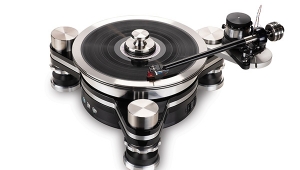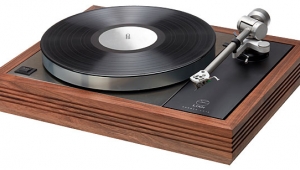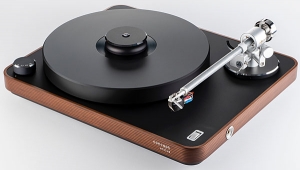| Columns Retired Columns & Blogs |
While I never owned one of their tables, I have seen a few in the wild and have always admired them. I have never owned a belt-driven table for that matter, but I promised myself that someday if I ever need to replace my current turntables, I would take a hard consideration of Acoustic Signature. Of course at that time their lowest priced table was around $3400 with arm. Not bad at all for what you get!
Of course, that model is long discontinued (but likely still giving great service to owners) and as with everything now the prices is also long from $3400 for the "lowest model". All the models at least to me are pleasing to eye as well.
So while I don't foresee myself ever able to own one now, their "lowest priced" model I see as nearly the same as their high $50k model in craftsmanship, quality and performance. There is nothing shoddy about any products from this company it seems.
My current tables are from the early 70s and 80s respectively and all direct drive. The early 70s tables are built like brick chicken houses, you have to hit them with at least two hand grenades to do any real damage it seems. So while I don't have choice of tone arm and whatever, they are deadly accurate at speed and can be dialed in just as close as the higher-end arms and such. (Although I admit that in the area of SRA, WallyTools would be required).So while needing to replace my tables may be an unlikely event (unless someone does toss real hand grenades at them) I would still look at the Acoustic Signature tables first.
